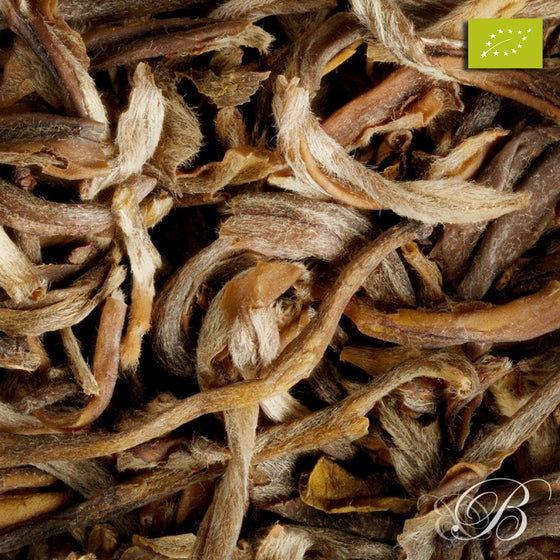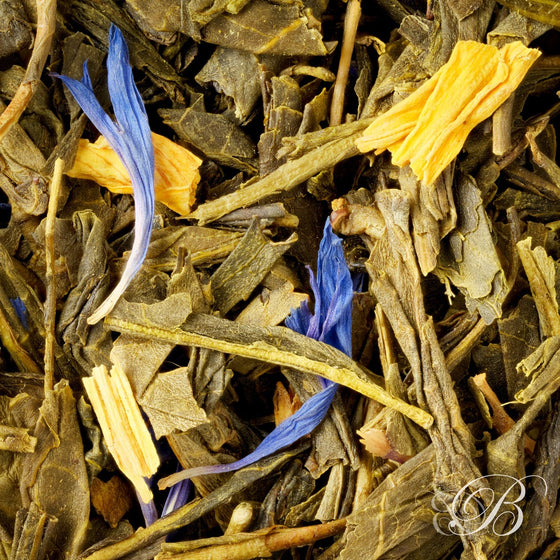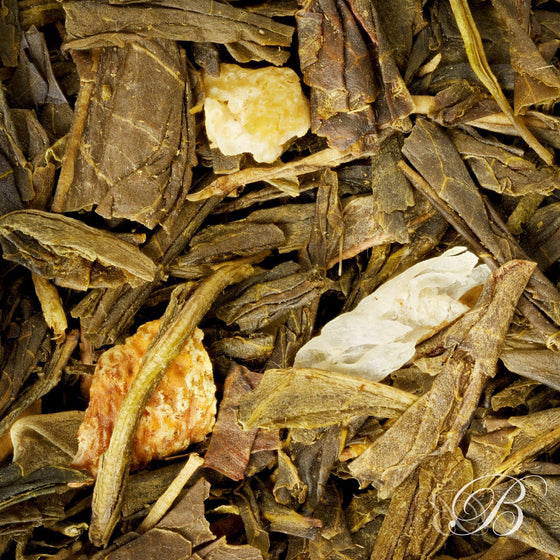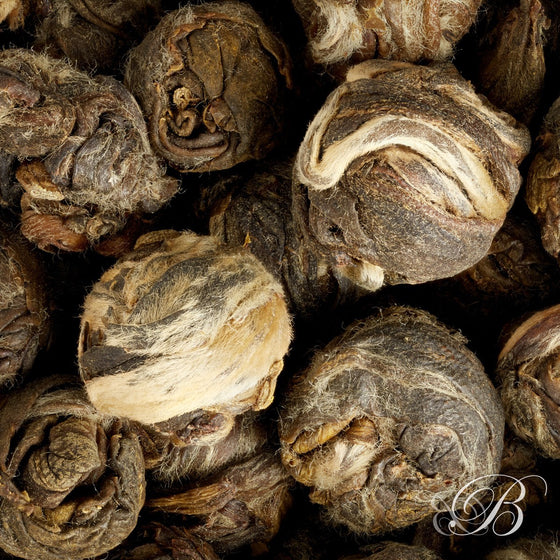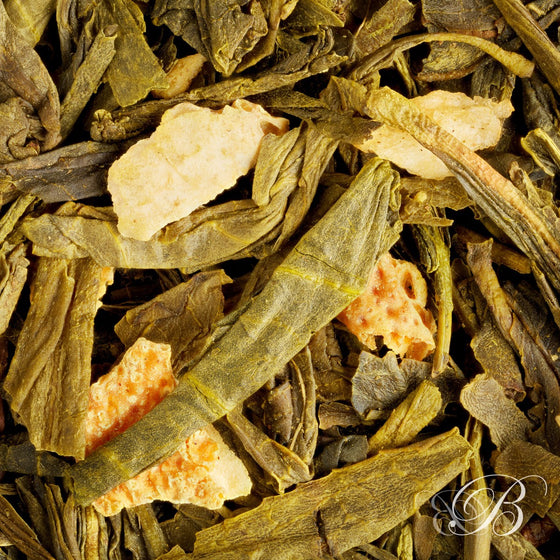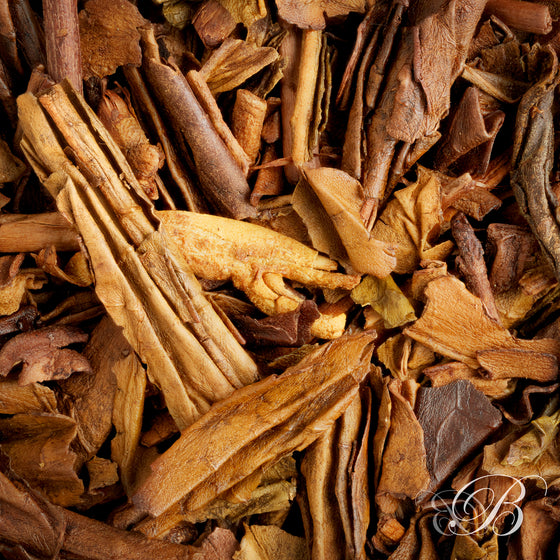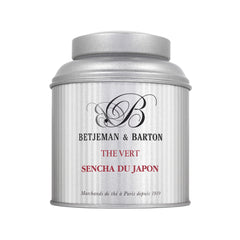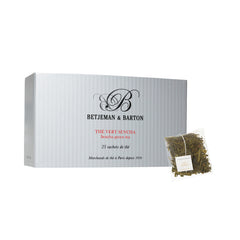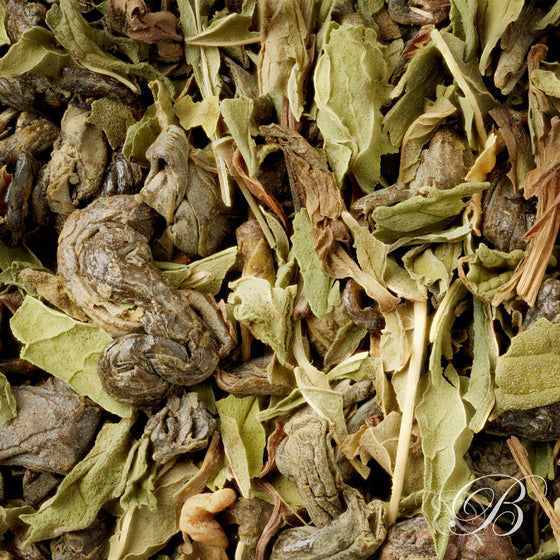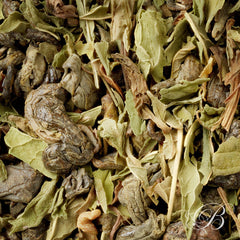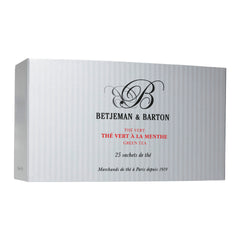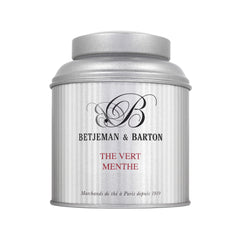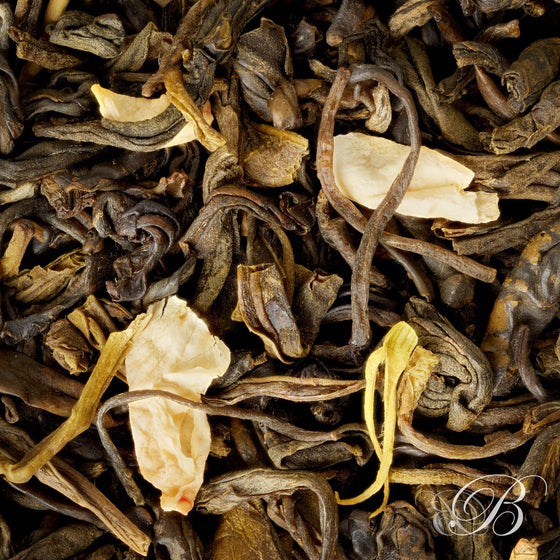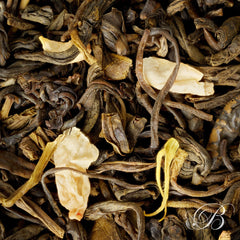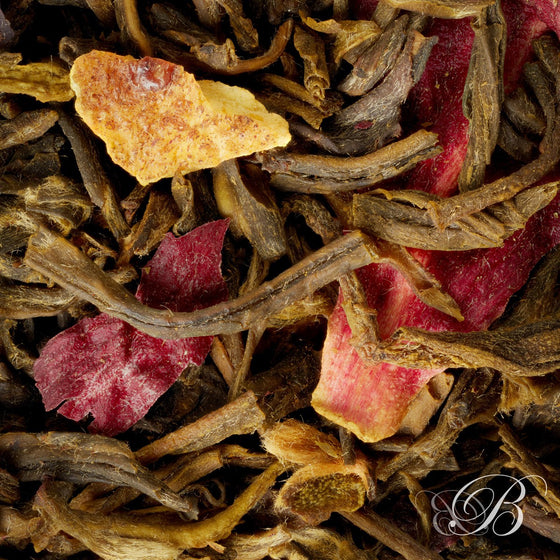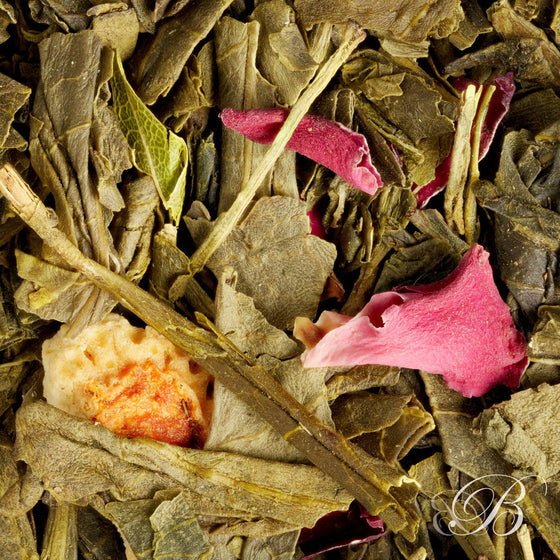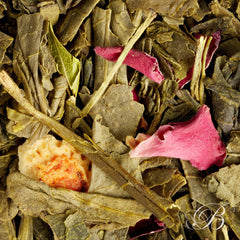Green tea: a unique aromatic palette for an elixir full of benefits
Green tea comes to us from China and Japan, it is obtained from Camellia Sinensis. Particularly rich in theine, green tea is recognizable by its clear liquor which offers a palette of colors ranging from yellow to green.
In Japan, green tea occupies a very important place: it is in fact what is tasted during the tea ceremony.
Although green tea was popularized and commercialized in Japan, it is China that is the origin of all the varieties we know today.
Green tea has been consumed in China for almost 5,000 years, while in Japan this beverage has only been known for 1,500 years!
In China as in Japan,Green tea is valued for its medicinal propertiesIn the Land of the Rising Sun, it is consumed in particular by Zen Buddhist monks for its stimulating and invigorating effect, particularly useful for staying focused during long hours of meditation. First consumed by monks, green tea gradually became a common consumer product; it even constitutes a philosophy of life inherent in Japanese culture.
In our Western history, green tea also occupies a cardinal place. The very first tea to travel from Asia to Europe was indeed green tea! Until the 19th century, Europeans were only familiar with green tea. It was not until the English discovered Camellia Sinensis Assamica that people began to enjoy not only green tea, but also black tea!
Discovering green tea culture
The main difference between green tea and other teas is the way the leaves are processed. For black tea, the oxidation of the leaves is complete, while for green tea, the oxidation process is deliberately prevented.
Once picked,the leaves of a green teaundergo different treatments depending on the final color that we want to give to the liqueur.
In China, the leaves are roasted in a wok to induce what is known as the “Maillard reaction.” This method of cooking produces nutty, undergrowth notes.
In Japan, the leaves are steamed, as if parboiled, so that the tea retains its "three greens": the leaves, the liquor, and the leaves after infusion. This method makes Japanese green tea very recognizable, as it allows for herbaceous, vegetal, and sometimes even iodized notes.
Korean tea has chosen to blend the two traditions to produce green tea. Korean green tea undergoes two roasting processes: first steamed using the Japanese method, and then wok-roasted using the traditional Chinese process.
The liquor - and particularly its color - differs depending on the origin of the tea. Thus, a Chinese green tea produces a yellow liquor while aJapanese green tea offers a green liquorparticularly rich in vitamin C.
How to enjoy your green tea?
Provided you are prepared properly,green tea offers a very rich aromatic paletteand varied. This is a tea that can be infused for an average of 2 to 3 minutes, at a temperature between 70 and 80 degrees. Of course, we will take care to adjust these parameters according to the tea chosen and each person's habits.
Japanese and Chinese green teas undoubtedly occupy an important place in our catalog. But you'll also find green teas of the highest taste from Rwanda, Nepal, and Korea.
Our selection of teas of course includes a great classic green tea:the Gunpowderwhich is used as a basis for the preparation ofmint teaMoroccan. In addition to this must-have, much appreciated by lovers of refreshing liqueurs, theMalesherbes, THEMonday Lightor evenGuests' green teaand thegreen tea Once upon a Christmasbring together many followers.
Of course, we must invite you to discover andrediscover Matchaas well as theSenchaThey are also particularly sought after by green tea lovers. Matcha is a unique tea that forms a very fine powder that can be simply mixed or whisked to obtain a creamy texture. Sencha, on the other hand, is a green tea that is particularly common in Japan because it is the most widely cultivated variety in the country. It is particularly appreciated for its vegetal notes and its fresh fragrance. To celebrate these two iconic green tea preparations, Betjeman & Barton has created a unique recipe:Matcha-Sencha Green Tea Latte, a pure delight that will quickly become an addiction!
Whatever your choice and preferences, know that theGreen tea can be consumed throughout the daywhen it is decaffeinated and up to 17 hours if you wish to retain the theine. Like all teas, green tea can indeed be decaffeinated: the theine is in fact released during the first seconds of infusion. By getting rid of the liquor from your first infusion, you can enjoy your tea in the morning, but also in the evening, simply to enjoy the unique aromas of green tea.



